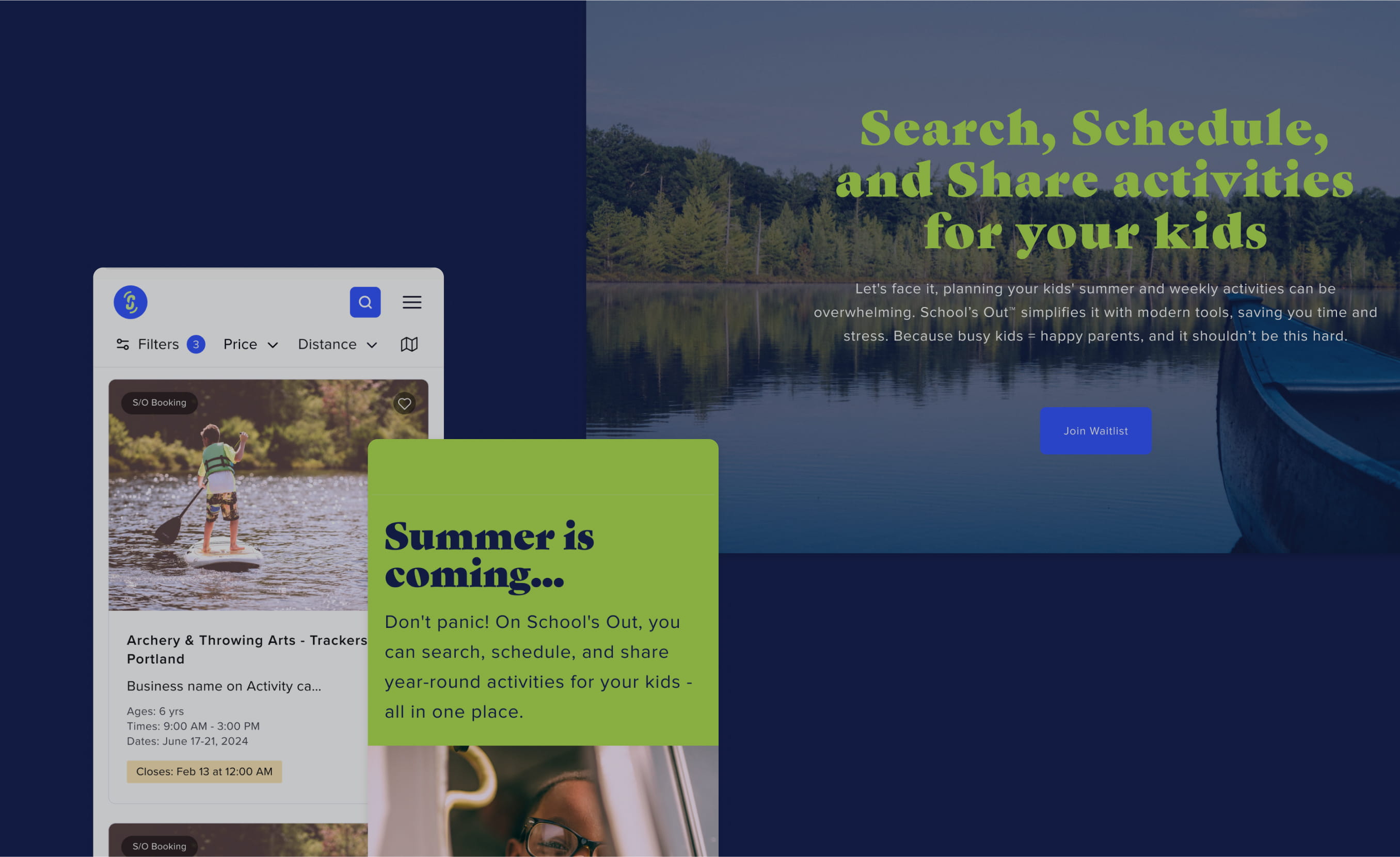Why Ruby on Rails Is the Best Stack for Vibe Coding in the Age of AI
The concept of vibe coding is picking up momentum.
For those unfamiliar, vibe coding is a collaborative, human-in-the-loop development approach where large language models (LLMs) handle the heavy lifting of code generation based on natural language prompts. As a developer, you describe what you want, and the AI takes care of writing, adjusting, and even debugging code. You’re no longer bogged down by boilerplate or fiddling with syntax. Instead, you’re shaping the architecture, guiding the logic, and focusing on the why of what you’re building, not just the how.
It’s an exciting shift. But here’s what’s not being talked about enough:
It’s an exciting shift. But here’s what’s not being talked about enough:
Vibe coding only works as well as the stack you’re using.
And in my experience, across countless projects, dozens of teams, and many languages, Ruby on Rails outperforms the rest when it comes to this new way of building software.
Let’s talk about why.
Rails Was Built for Developer Happiness (and It Shows)
Interestingly, vibe coding might feel like a brand-new idea, but for the Ruby on Rails community, it’s really not.
David Heinemeier Hansson (DHH), the creator of Rails, indirectly suggests in his recent Lex Fridman interview that the philosophy behind vibe coding, describing what you want, letting the machine handle the details, and focusing on the overall architecture and intent, has been central to how they’ve written software for years.
Long before AI tools became mainstream, this was the spirit of working with Rails.
Long before AI tools became mainstream, this was the spirit of working with Rails.
The term “vibe coding” may be new, and AI might now be the co-pilot, but the Rails way has always been about clarity, flow, and minimizing friction. It’s not surprising that Rails fits so naturally into this new era.
Rails encourages convention over configuration. It eliminates unnecessary decisions. It helps you build more with less. This matters when you’re coding manually, and it matters even more when an AI is assisting you.
When an LLM generates Rails code, it's often impressively close to usable right out of the gate. That’s because Rails has a clear structure, consistent naming conventions, and a “Rails way” of doing things. The AI isn’t guessing in the dark, it’s operating within a well-lit, well-documented, opinionated environment.
In vibe coding sessions using Rails, we routinely see high-quality output on the first pass. Not perfect, but surprisingly good. And more importantly, it’s readable, logical, and extensible.
Garbage In, Garbage Out: Why LLM Training Data Matters
Let’s look at the elephant in the room: most AI code generation tools were trained on vast swaths of publicly available code - GitHub repos, Stack Overflow threads, online tutorials, documentation, and more.
But not all of that code is good. In fact, a lot of it is bad. Sloppy. Insecure. Overly complex. Copied-and-pasted by people who didn’t fully understand what it did.
And the stacks that dominate beginner tutorials and trend-chasing bootcamps? They’re disproportionately represented in this low-quality training data.
This is a real issue for AI-assisted development. When the training data is inconsistent, the outputs are too. You’ll spend more time correcting and refactoring than you save by using the AI in the first place.
Ruby is different.
While it’s no longer the “cool kid” language, Ruby (and Rails specifically) has quietly powered some of the most successful, thoughtfully engineered products of the last two decades: GitHub, Shopify, Basecamp, Base44, Instacart, and many more.
The open-source Rails ecosystem is filled with code written by developers who care about maintainability, performance, and readability. It’s not perfect, but the average Ruby codebase is simply higher quality than the average mess you’ll find in trendier stacks.
When you use Ruby on Rails for vibe coding, the LLM is drawing from a cleaner, smarter corpus of examples, and that leads to cleaner, smarter output.
Vibe Coding in Practice: Rails Makes It Click
At JetRockets, we’ve fully embraced AI tools in our development workflows.
When we vibe code with Rails, we notice a few patterns over and over again:
-
The AI “gets it” faster.
Prompts like “build a basic CRUD interface for Tasks with due dates and user associations” often result in scaffolded code that’s nearly production-ready. -
Less glue code.
Rails handles a lot for you - routing, database interaction, form handling, so the AI doesn’t need to stitch together dozens of unrelated libraries. This reduces brittleness and increases maintainability. -
Fewer weird bugs.
Rails’ conventions make it easier for AI to infer intent, leading to fewer edge-case issues or logic gaps. -
More readable code.
This is key for long-term success. AI-generated Rails code tends to read like something a junior-to-mid-level developer would write on a good day. Not always perfect, but rarely baffling.
And because Rails has strong testing support baked in, we’re also seeing AI produce better test coverage, especially when guided with prompts like “write an RSpec test for this controller.”
The result: faster velocity without sacrificing code quality. That’s the promise of vibe coding. Rails actually delivers on it.
Rails vs. Trendy Stacks: The Calm in the Chaos
There’s always a new language or framework catching fire on Hacker News. And I’m not here to bash any of them. But the problem is that so many teams jump into these ecosystems without understanding the tradeoffs.
When you’re vibe coding in a stack that’s still evolving, AI becomes less of a partner and more of a liability.
You prompt it for help and get three wildly different answers. You ask for a fix and it breaks something else. You request a change and it rewrites the whole thing from scratch, without understanding the intent.
This is where Rails shines. It’s stable. Mature. Thoughtful. Boring, in the best way possible.
It creates the conditions for AI to be helpful, not chaotic.
Final Thoughts: Human-In-The-Loop Still Matters
Let me be clear: vibe coding doesn’t replace thoughtful engineering. It doesn’t mean we hand off entire features to AI and hope for the best. It’s still a conversation, a feedback loop between human creativity and machine efficiency.
But the tools we choose matter. Rails empowers AI to produce better work and stay in control.
So if you’re experimenting with vibe coding, and you’re finding it frustrating or messy, consider this: maybe it’s not the AI. Maybe it’s your stack.
Choose Rails. You just might fall back in love with software development.
JetRockets is a Ruby on Rails-focused software development agency that helps startups and enterprises build scalable, maintainable, high-quality web and mobile applications. Want to talk about how vibe coding can accelerate your next project? Let’s chat.



